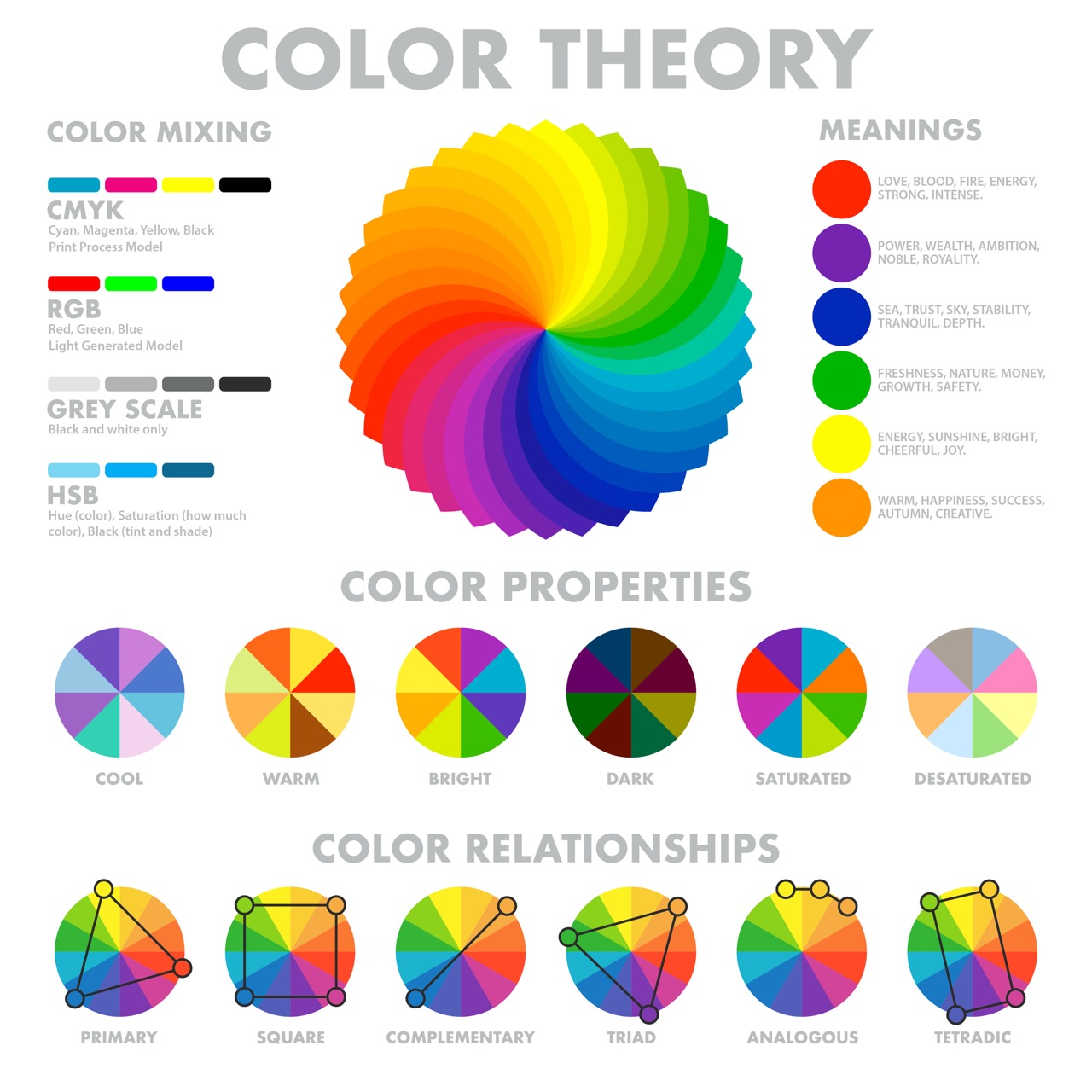Color plays a pivotal role in branding and design, profoundly influencing consumer perceptions and behaviors. Understanding the psychology behind color choices can help businesses craft compelling brand identities that resonate with their target audiences.
The Influence of Color on Consumer Behavior
Research indicates that consumers make initial judgments about products within 90 seconds of interaction, with up to 90% of that assessment based solely on color. This rapid evaluation underscores the necessity for brands to select colors that align with their desired message and audience expectations.
Emotional and Cultural Associations of Colors
Colors evoke specific emotions and associations, which can vary across different cultures. For instance:
- Red: Often associated with excitement, passion, and urgency.
- Blue: Conveys trust, calmness, and professionalism.
- Green: Symbolizes nature, health, and tranquility.
- Yellow: Represents optimism and energy but can also signify caution.
- Black: Denotes sophistication, luxury, and authority.

It’s crucial for brands to consider these associations and cultural nuances when selecting colors to ensure the intended message is effectively communicated.
Case Studies: Successful Color Utilization in Branding
Starbucks: The brand’s consistent use of green in its logo and store design fosters a sense of relaxation and community, aligning with its brand identity.
Coca-Cola: The iconic red color of Coca-Cola is associated with excitement and energy, making it easily recognizable and memorable.
Practical Applications for Businesses
When choosing colors for branding and design, consider the following:
- Audience Analysis: Understand your target demographic and their cultural associations with colors.
- Brand Personality Alignment: Select colors that reflect your brand’s values and desired emotional impact.
- Consistency: Maintain a cohesive color scheme across all brand materials to enhance recognition and trust.
By thoughtfully applying color psychology principles, businesses can create compelling brand identities that resonate emotionally with consumers and stand out in the marketplace.
